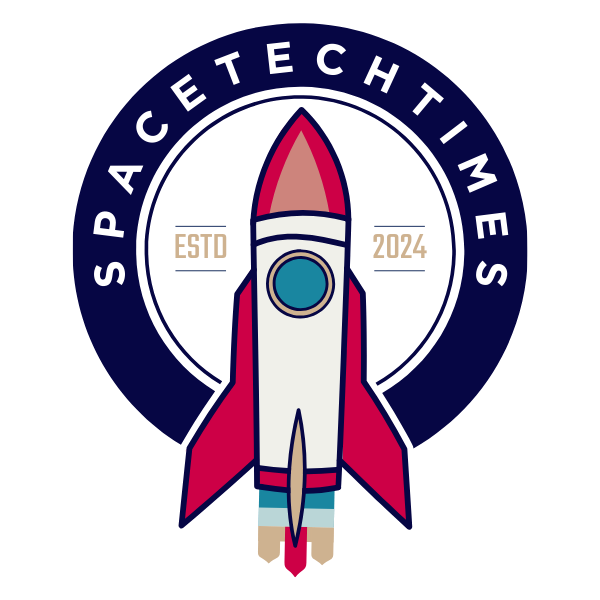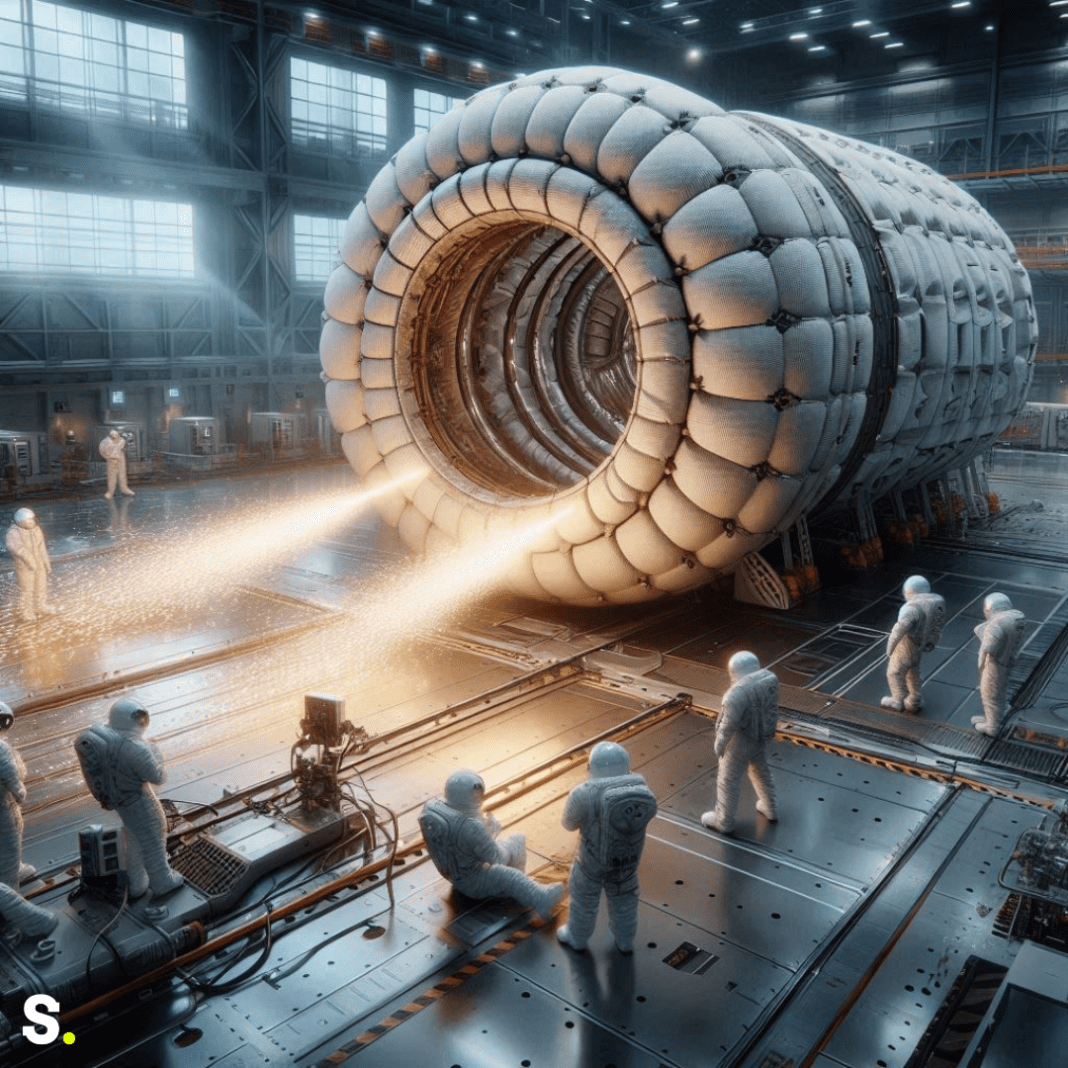China is moving quickly to create a space traffic management system as the number of satellites in orbit grows at an incredible pace. Experts have warned that Earth’s low orbit could become overcrowded with about 100,000 satellites in the future.
Growing Concerns Over Satellite Crowding
To keep space safe and useful, the China National Space Administration (CNSA) is building a plan to better organize how satellites are placed and operated.
Without proper management, satellites could bump into each other, creating serious problems for companies and governments. Overlapping satellite projects and heavy competition could cause confusion and slow down the development of the space industry. This new management system aims to make sure satellites are launched and operated in a smart and safe way, keeping space a sustainable place for future use.
China’s government is also showing strong support for the country’s growing commercial space sector. Many private companies are racing to build large networks of satellites, called constellations, to provide services like internet and communications across the world.
Chinese Satellite Company Chang Guang Accused of Aiding U.S. Adversaries in Military Operations
Massive Increase in Satellite Production
Across China, there are currently 58 satellite factories that are either running, being built, or being planned. These factories are making it possible for China to produce more than 5,000 satellites every year by the end of this year. This huge number shows just how fast the space industry is growing.
One of the biggest projects in China is the G60 Starlink communications network. This network, being developed by a Shanghai-based company, plans to eventually have around 15,000 satellites. By the end of this year alone, about 648 satellites are expected to be launched into orbit for this project.
Another major project in China is the Guowang Constellation, managed by a large Chinese satellite network group. This constellation plans to have about 12,992 satellites. In addition to that, another company based in China, LandSpace, is working on its own satellite network called Honghu-3, which will involve about 10,000 satellites.
Because of this explosive growth, there is now a greater need than ever before to manage and coordinate all the satellites being sent into space. Without clear rules and organization, the risk of accidents and problems would rise sharply.
China’s Offshore Money in SpaceX Raises Fears of Tech Espionage
Creating a Stronger Space Industry
To solve the challenges that come with this rapid growth, the China National Space Administration has announced the creation of a new Commercial Space Innovation Alliance. This group will work with companies and industry groups to tackle issues like the use of space resources, creating fair rules, and improving cooperation among companies.
One important goal of this alliance is to transfer the experience and knowledge gained by national space programs over many decades to the newer commercial companies. This includes sharing important information about rockets and satellites to help private companies keep up with the fast-moving needs of today’s space industry.
Another important focus is to improve how quickly and flexibly satellites can be launched. The goal is to allow for large groups of satellites to be placed in orbit smoothly and without accidents. Once satellites are up in space, they need to avoid collisions, work together without causing problems, and stay safe even when flying near satellites operated by other countries.
The national space agencies are also opening access to important test facilities that were once used only for government projects. Now, commercial companies will be able to use these facilities to test their rockets and satellites, helping them move faster and safer in their projects.
In addition, the government is exploring the idea of creating “sandbox” environments. These are special places where risky space missions can be tested safely under careful supervision. The results of these tests will then be shared with commercial companies, helping them to learn and improve their technology without putting real satellites at risk.




